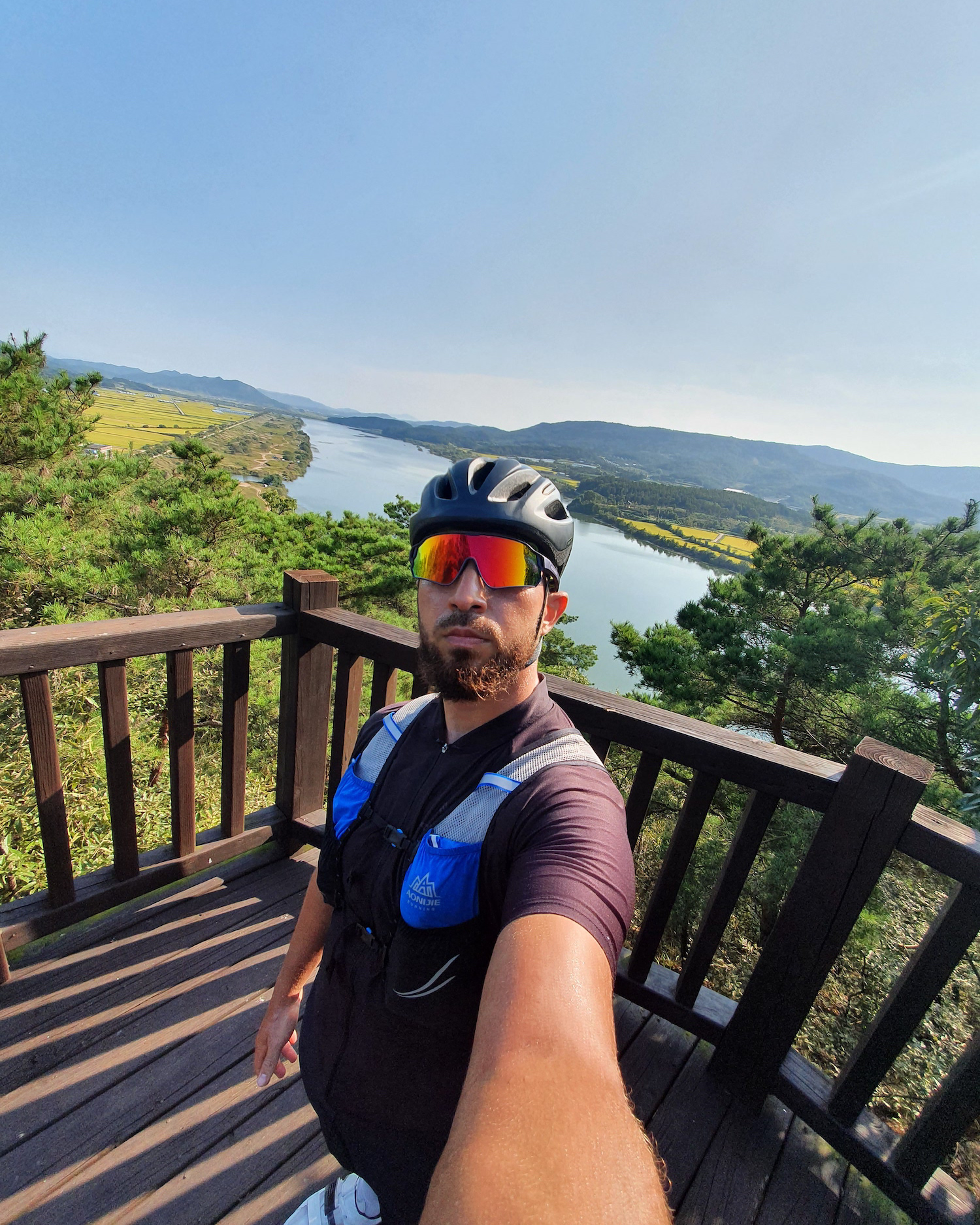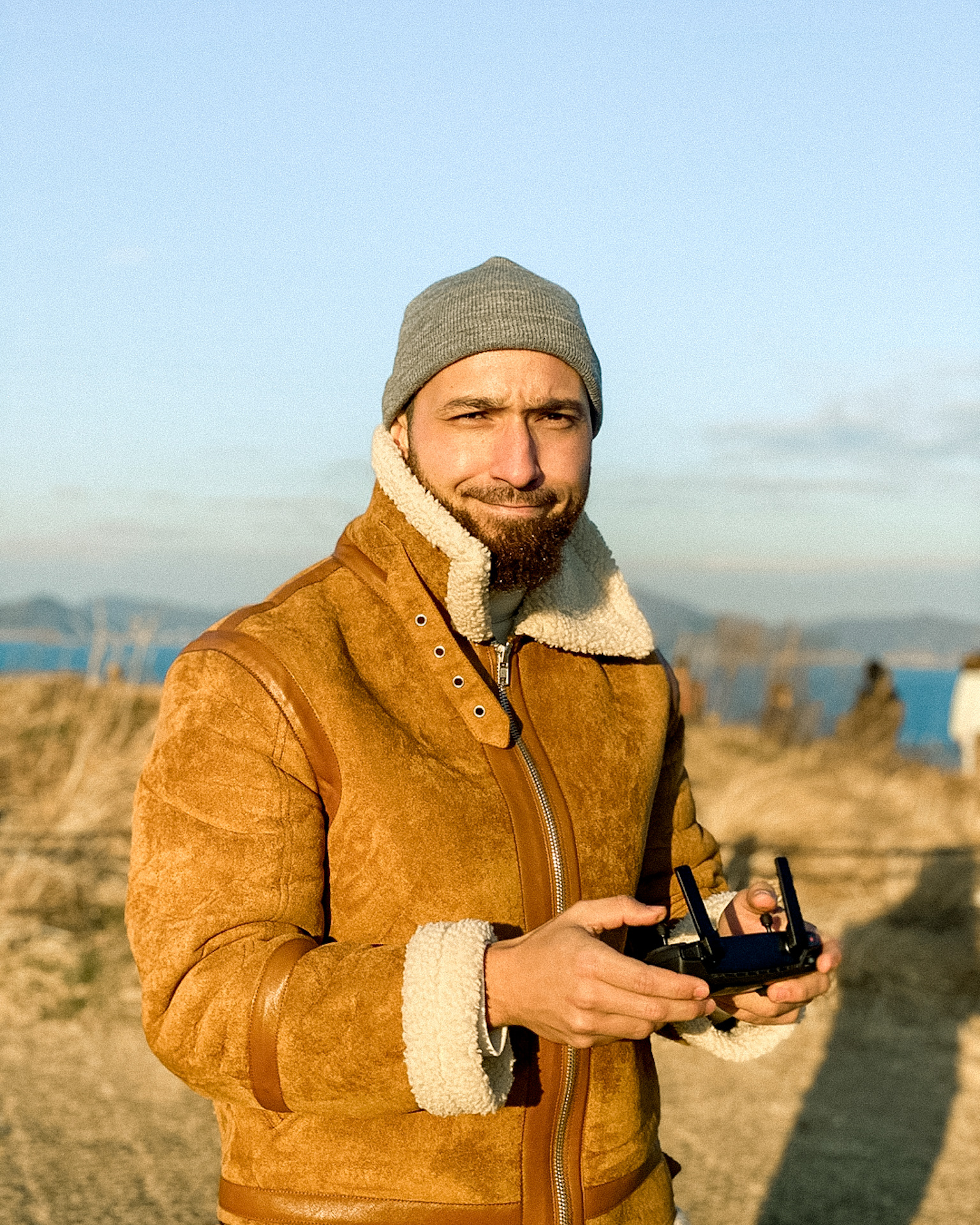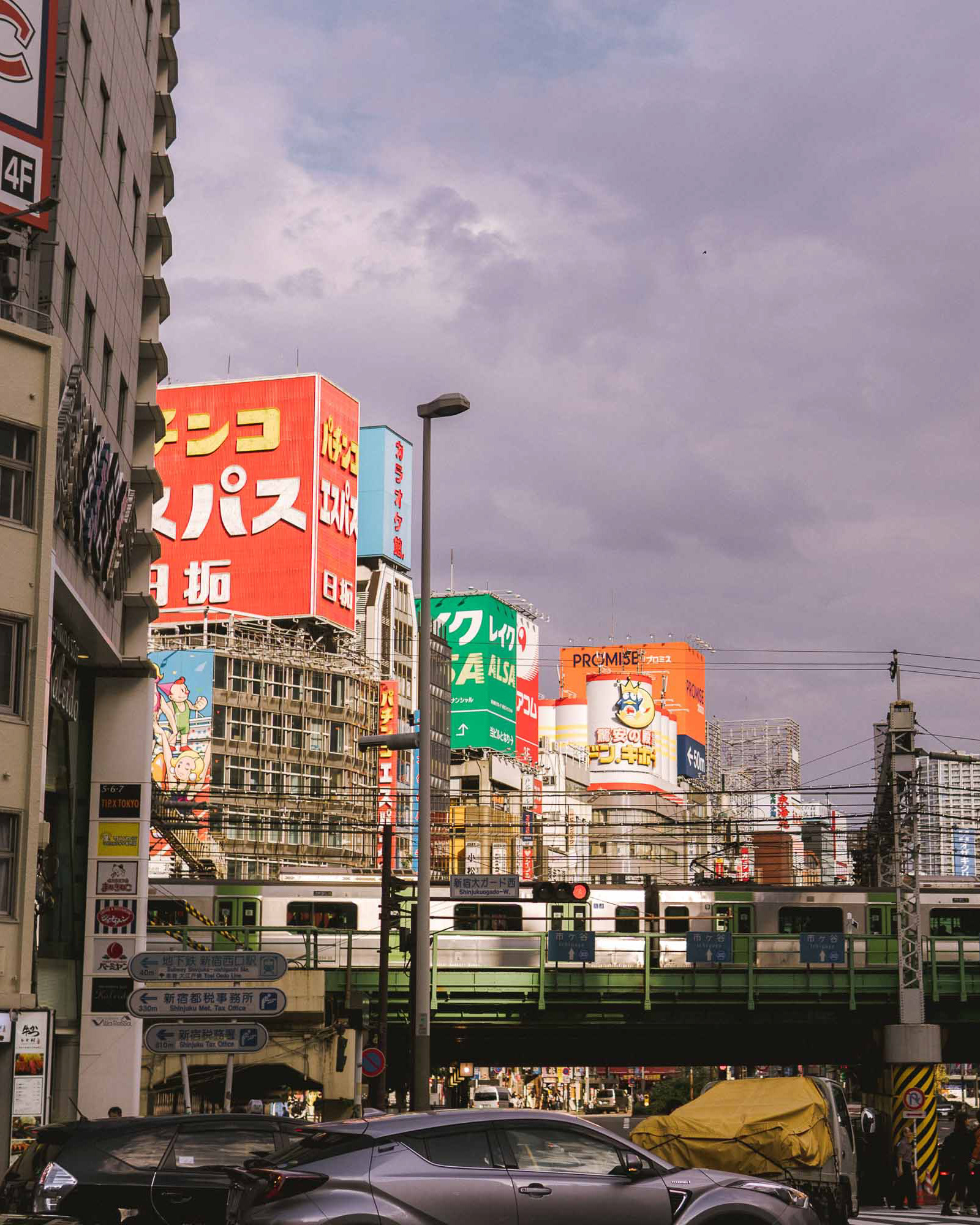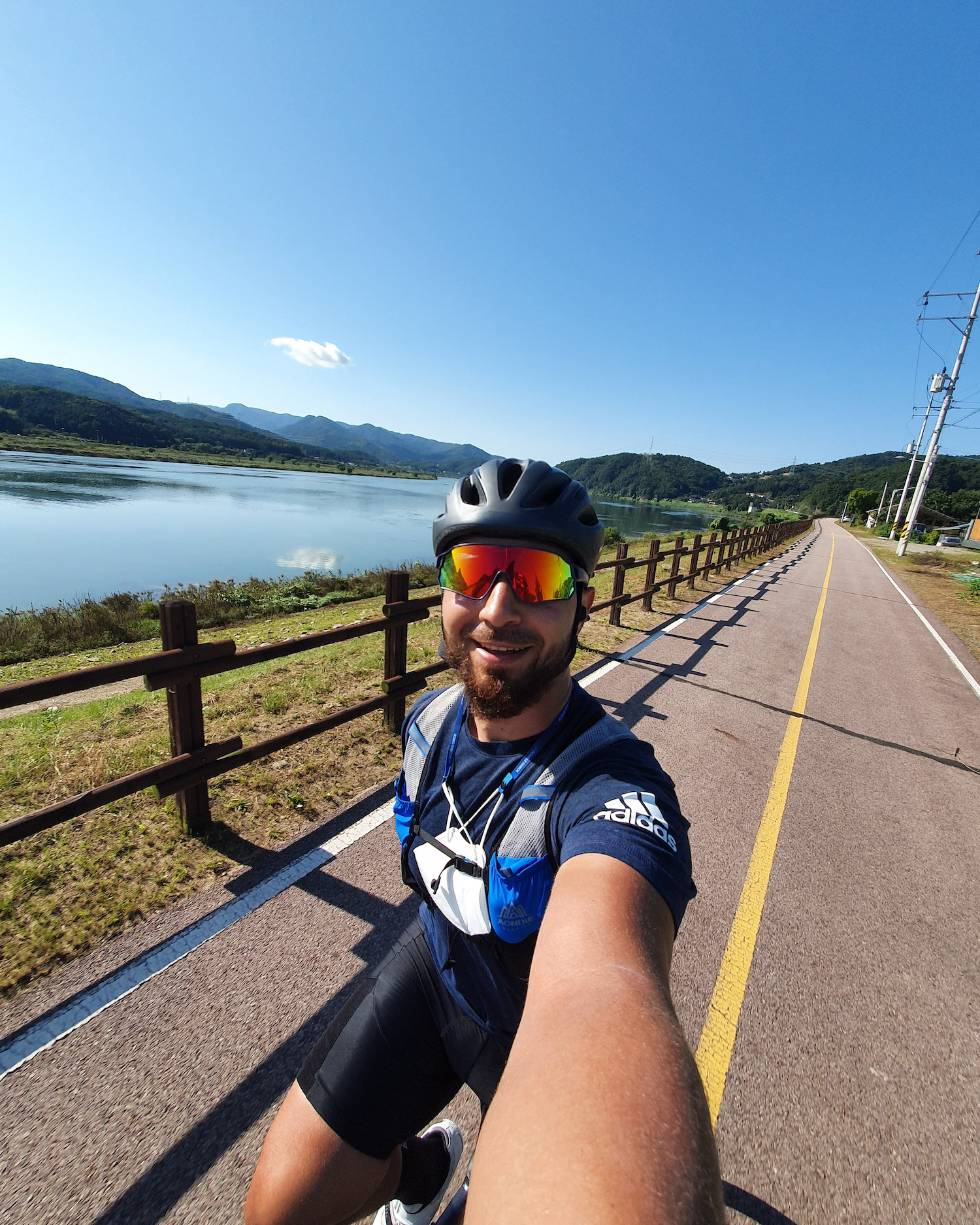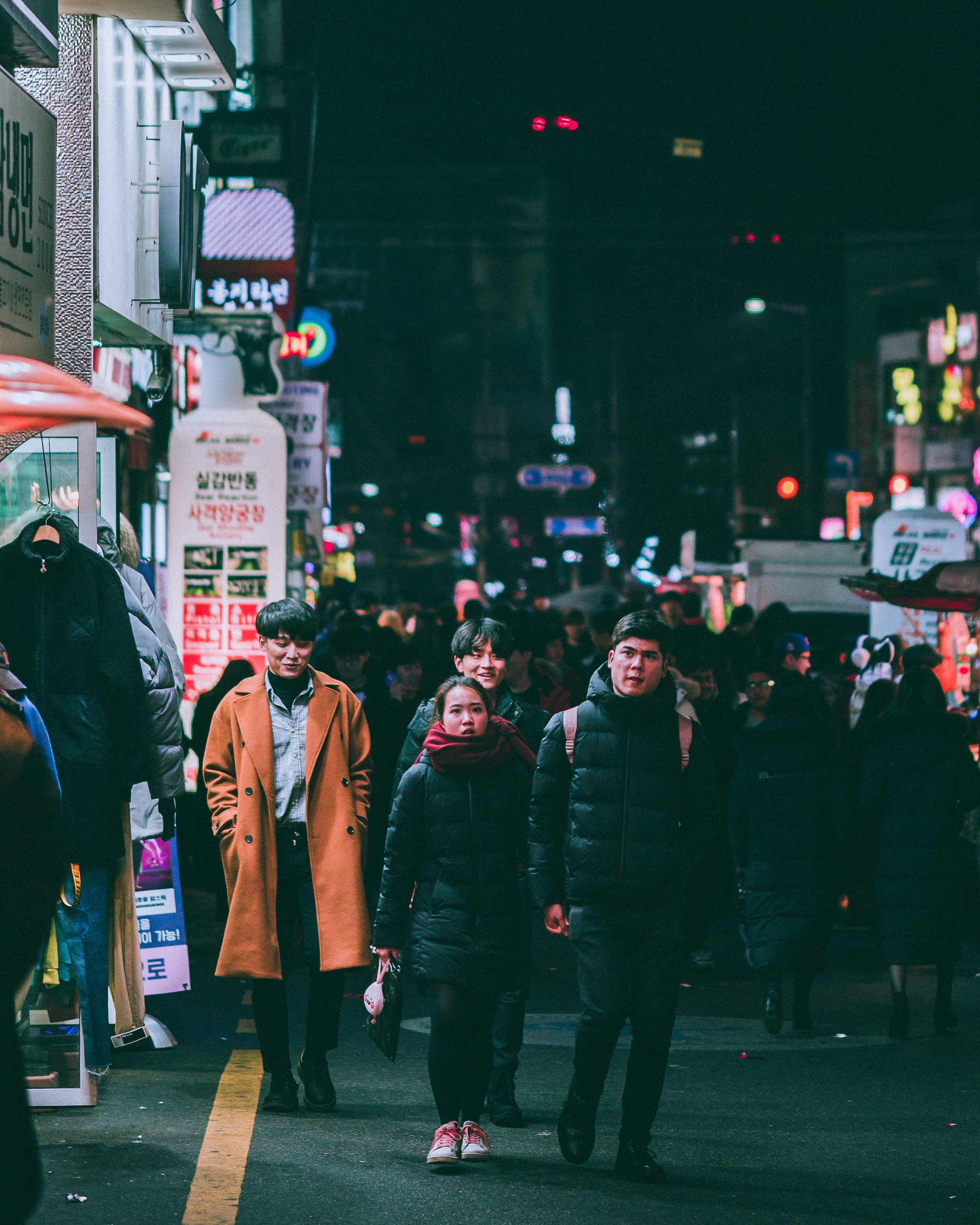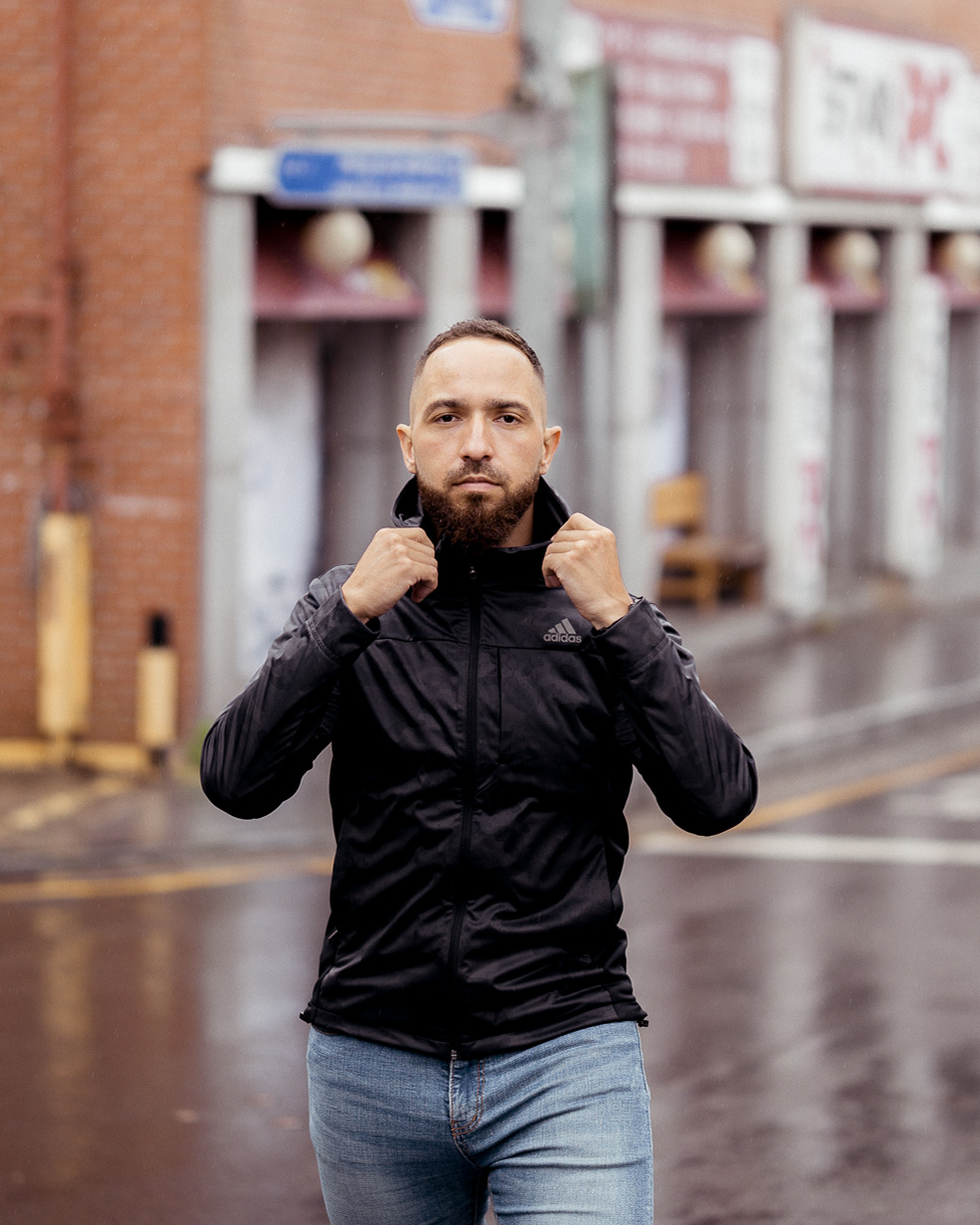The main piece of advice that is doled out to photographers just starting out is usually something along the lines of: Upgrade your glass before you switch your camera body.
While there isn’t much to differentiate sensors between manufacturers and models, lens quality can vary wildly depending on what you’re using. There are simply more variables involved in the lens manufacturing process which means that lens characteristics differ.
Then there’s also the debate around which types of lenses are the best. Camera glass can classified into two broad categories: Zoom lenses vs prime lenses. Zoom lenses, as the name implies, have the ability to zoom between various focal lengths, while prime lenses have a fixed focal length and no ability to zoom.
I’ll be looking largely at prime lens focal lengths but will make reference to certain zoom lenses. For this post, assume all focal lengths refer to their effect on a crop sensor (or APS-C), and not a full frame body, as this is what I shoot on. In some instances I will include references to the full frame equivalent but for the most part, just know that when I talk about a focal length, it refers to a focal length that is approximately 1.5x what is stated.
With all the confusion over, let’s get into it.
1. The landscape lens
The best landscape images are often striking, sometimes stark but most importantly, should convey the sheer scale of natural beauty. It’s for this reason that landscapes are best shot with a wide lens, so anything wider than 24mm on a crop sensor tends to work best here.
Wide lenses are versatile in the sense that they allow you to capture a ton of detail in a frame, and should you wish to punch in on certain details, you can do so in post-production.
Sigma make a superb 16mm f1.4 lens which I’ll be looking to add to my kit soon enough.
(Spoiler: I didn't get the Sigma 16mm but I did get the Sony 20mm f2.8 pancake which I think is fantastic in its own right. Video below.)
2. The street photography lens
The current (and only) lens that I own is the Sigma 30mm f1.4. This fills the role of street photography lens as it projects a focal length which is very similar to the natural perspective offered by the human eye.
If I were to recommend a Canon equivalent, I’d suggest the 24mm f2.8 EFS pancake lens. As a pancake, it weighs virtually nothing, is super-fast to focus and tack sharp wide open at f2.8. And it’s really cheap!
Both the Canon 24mm and Sigma 30mm are also work well as ‘wide portrait’ lens — that is, wide enough to capture the surroundings when shooting portraiture.
3. The portrait lens
Ever heard of the nifty-fifty? The Canon 50mm f1.8 the first lens I owned — I bought it second-hand and it cost me all of R850 (around $65).
If I had to recommend one lens upgrade from the standard 18–55mm Canon kit lens, this would be it.
The image compression makes it perfect for headshots and creamy, bokehlicious backgrounds.
Because the 50mm projects around an 80mm equivalent on crop-frame camera, it’s hopeless for situations where you need wide, sweeping shots, but can provide a really interesting perspective as a walk-around lens. It allows you to punch in on certain architectural and nature details which can add a different dimension to your portfolio.
Of course, if you’re shooting subjects that require more range (e.g. wildlife, sports) then you’ll need to look at telephoto lenses that start going up to 200m in focal length. Canon’s 70–200mm f2.8 is considered the gold standard of general purpose telephoto lenses.
4. The versatile zoom
A lens that covers all of the above focal lengths makes it perfect as an all-rounder, or in situations where you don’t want to be swopping out lenses every five minutes. Specifically, when I say versatile zoom, I mean zoom lenses that cover the 24mm — 70mm focal length, but you could extend this to 18mm — 105mm, as some manufacturers do make these lenses as well.
My personal pick would be either the Sony or Canon 24–70, though, as the f2.8 aperture on both these lenses make them faster than most other zooms within that range.
What’s your go-to lens for shooting?

